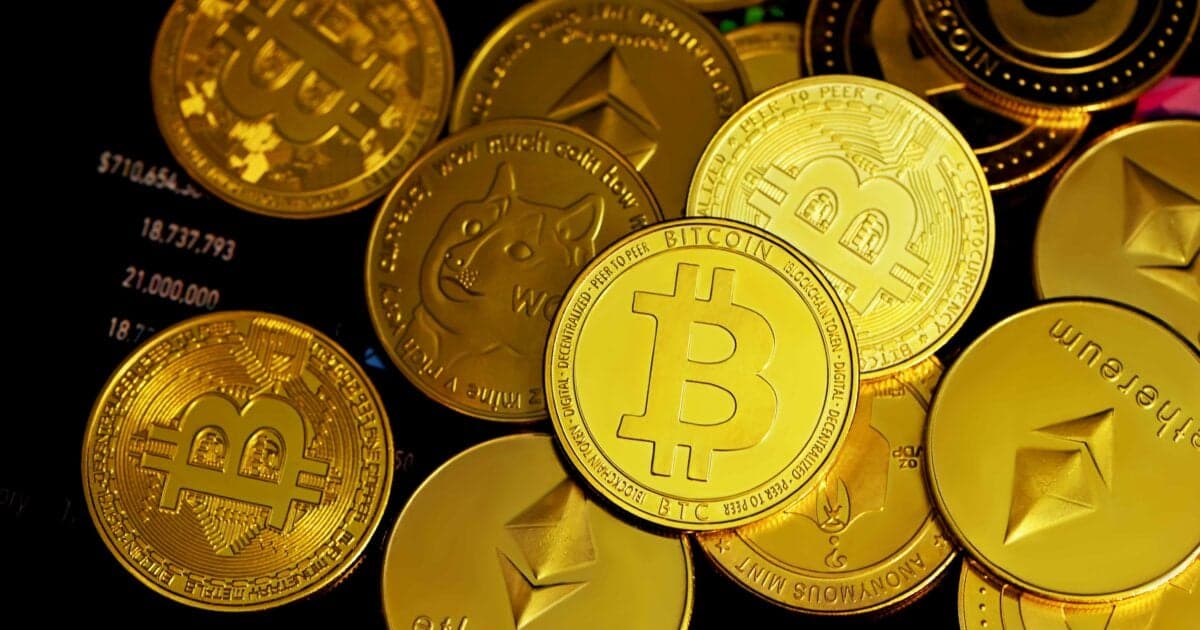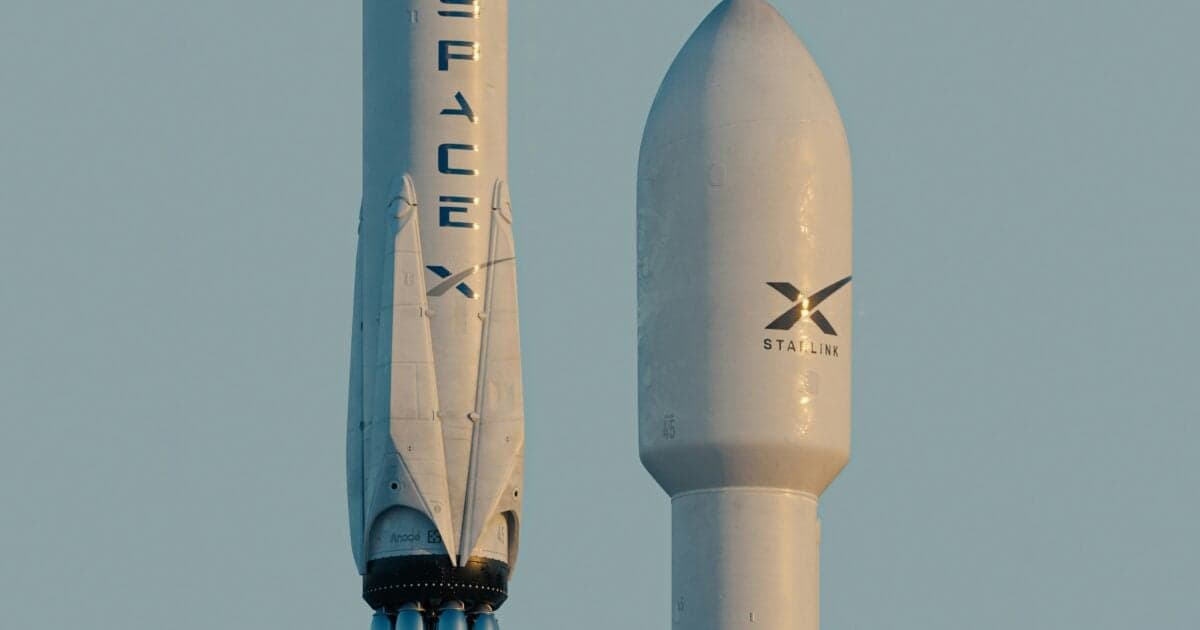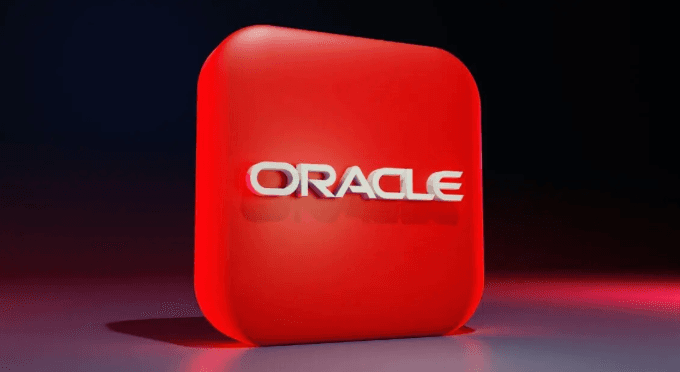Gold Price Forecast: Buy This ETF Before CPI Pushes Gold to $5,000


Gold has been on a tear so far in 2025...
The precious metal is up nearly 40% in eight months, from $2,629 to more than $3,600. That's more than 3 times the return of the world's most important equity index – the S&P 500 Index – which is up just 12% year to date ("YTD").
In fact, gold isn't just having a good year. The metal is having its best year in decades. Over the past 25 years, gold's best year was 2007, when it climbed 31%. It has blown past that record... and it's only September.
Many investors don't understand what's driving the price higher. So today, we'll explain why, identify gold's near-term upside, and recommend one way you can exploit it.
What Makes Gold So Precious
Mining the world's only yellow metal dates back some 5,000 years, when Egyptians believed it to be the flesh of their sun god, Ra. But finding large deposits that can be easily mined has proven elusive. Consequently, the World Gold Council estimates that all of the gold ever mined would fit in a cube measuring just about 72 feet (22 meters) on each side.
This scarcity renders gold a timeless store of value, and the U.S. government is believed to own the world's largest stockpile of it – about 261 million troy ounces.
Like other commodities, such as oil and copper, gold trades on major exchanges. Physical gold, in bars weighing about 27 pounds, primarily trades on the London OTC market. Contracts for the future delivery of physical gold at a predetermined price – also known as "gold futures" contracts – are traded on the New York Commodity Exchange ("COMEX").
And to understand why gold is soaring, you need to understand the relationship between the commodity and "real" rates.
Gold and 'Real' Interest Rates
The term "real" refers to the actual, or nominal, interest rate after adjusting for inflation. Typically, the Consumer Price Index ("CPI") is used as a proxy for inflation. To adjust any nominal interest rate for inflation, simply deduct the latest reading for CPI.
For example, the nominal three-month U.S. Treasury yield closed on Friday at 4%. Deducting the latest CPI reading of 2.9% means the "real" three-month Treasury yield is just over 1%. After accounting for inflation then, bond investors are currently earning a 1% real return on three-month Treasuries.
Gold has no yield at all. It's just a commodity, after all. But it does tend to maintain its value over time. And when real rates decline, or even go negative, gold becomes more attractive for that reason.
That was the case from 2000 to 2012, when the real 10-year rate fell from approximately 3.44% to negative 0.17%. This coincided with a gold bull that brought the metal from approximately $300 in 2000 to its then-peak around $1,800 in 2011.
So, the question worth asking: Where are real rates headed?
Why Real Rates Are Declining (And Why Gold Is Rising)
Real interest rates, or yields, move up and down over time. And as they do, so does the price of gold. The two primary reasons are changes in nominal interest rates and inflation.
The Federal Reserve controls short-term nominal interest rates by adjusting its federal-funds target range up or down. Such rate decisions are rendered by its monetary policymaking body, known as the Federal Open Market Committee ("FOMC"), which normally convenes eight times a year. We'll get the Fed's latest decision on interest rates on Wednesday at 2 p.m.
And while the Fed doesn't directly control all interest rates in the economy, longer-term rates tend to "feed" off the Fed's key rate, all else equal. That's why the Fed's decisions are worth watching.
The Fed has a dual mandate from Congress: to maintain low inflation and low unemployment. By tweaking the fed-funds rate up or down, the FOMC adjusts monetary policy in order to satisfy its two mandates.
But sometimes, like right now, these two goals are in opposition, setting the stage for real rates to move lower, and for gold to move higher.
Here's why...
Earlier, we noted that CPI is used to calculate real rates and yields. The Fed's preferred inflation gauge, however, is the Personal Consumption Expenditures ("PCE") Index, because it better reflects how Americans spend their money. The PCE Index also reacts more quickly to changes in spending patterns than the CPI.
Ideally, the Fed likes to see PCE inflation running around 2% per year. In April, the PCE index got close, coming in at 2.2%. Since then, the index has climbed to 2.6%. When inflation is worsening like this, the Fed tends to maintain rates, then eventually raise them.
But at the same time, U.S. employment data continues to deteriorate with each passing month. The unemployment rate has ticked up the past two months, from 4.1% in June to 4.2% in July, and then 4.3% in August.
Then on September 9, the Bureau of Labor Statistics ("BLS") preliminarily revised downward its estimate of total nonfarm employment for the 12 months through March 2025, by 911,000. That works out to a whopping 49% decline in the 1.8 million job additions previously reported by the BLS.
Separately, outplacement firm Challenger, Gray & Christmas estimates that, through August, new U.S. hires totaled just 88,000, while job cuts were an order of magnitude higher, at nearly 900,000. This corroborates the deteriorating employment situation reflected in the revised BLS data.
Put very simply: The Fed tends to hike rates to tamp down on inflation at the expense of slower economic growth. And the central bank will typically cut rates to boost job creation... with the risk of sparking new inflation.
The Fed can typically handle one problem or the other. But today, it has to deal with both at the same time. It's the proverbial rock and hard place.
Now we can see the tension in the Fed's dual mandate... On the one hand, if inflation continues to edge higher, the Fed will be pressured to stem it by raising the fed-funds rate. But if employment continues to deteriorate, it will be forced to slash rates to prop up the economy.
So, what will the Fed do?
What This Tension Means for Real Rates and Gold
Historically, the Fed has cut interest rates in favor of employment when confronted with such tension. Our view is that it will once again do so to prop up the U.S. economy, even if inflation creeps higher.
Interest-rate traders agree... FedWatch assigns a 70% probability of the Fed cutting its target range, from the current 4.25% to 4.5%, to 3.5% and 3.75%, between now and its last meeting of the year, on December 10.
If that happens, and if CPI inflation remains at 2.9%, then the real three-month Treasury yield will move below 1% (3.6% - 2.9% = 0.7%). As the real return on bonds erodes, gold, which pays no interest, becomes more attractive relative to bonds, pushing its price higher.
The Fed aggressively cut the fed-funds rate during the early days of the pandemic and gold soared almost 50% between March and August 2020 (from a low around $1,451 per ounce, to a high of about $2,075 per ounce), as real interest rates plunged.
Such a move for gold could happen again as the real three-month Treasury yield moves below 1%. That's what could send the price of the precious metal above $5,000 per ounce, from its current price around $3,600 per ounce.
We think the best way to play it is to buy shares of SPDR Gold Shares (GLD).
GLD shares trade on the New York Stock Exchange Arca just like ordinary stocks do, and represent fractional, undivided interests in the fund's assets. As of September 9, this included nearly 31.5 million ounces of gold. Owning GLD shares, rather than physical gold bars or coins, means you avoid the cost and hassle of storing your gold, and allows you to easily buy and sell shares when financial markets are open.
When you buy shares of this exchange-traded fund, you own a fractional interest in its 31.5 million ounces of gold.
Keep in mind that gold, and an investment in GLD, can be volatile. While gold tends to grow in value over time, that doesn't mean it can't fall.
For instance, after gold peaked around $1,800 in 2011, it went on to fall all the way to $1,000 per ounce by 2015 – a nearly 45% decline. And it wouldn't be until 2020 that gold would finally reclaim that former high.
If investors anticipate that the Fed is not likely to lower rates, and/or if inflation eases unexpectedly, then the outlook for real rates could improve, and GLD shares could decline.
If you're trying to follow the gold trade through GLD, we recommend you also set a 20% stop loss.
Good investing,
Mike Barrett
P.S. Gold has been one of the top-performing assets of 2025 — soaring nearly 40% while the S&P 500 has managed just 12%. But as real interest rates keep slipping and the Fed faces pressure to cut, the setup could send gold even higher from here. Most investors still don’t understand why… or how to position themselves before the next leg of this bull market.
That’s why Stansberry Research put together a brand-new presentation revealing the forces driving gold’s surge — and the smartest ways everyday investors can take advantage right now. Get all the details right here.



